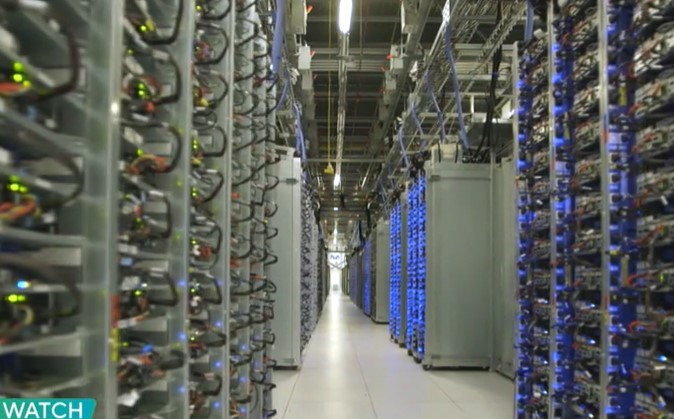
Surging Demand for Energy and the Rise of AI Straining the U.S. Power Grid
The United States is experiencing a significant increase in energy demand for the first time in decades, driven largely by the proliferation of data centers and the rise of artificial intelligence (AI). This surge is pushing the aging U.S. power grid to its limits and contributing to higher greenhouse gas emissions.
Data centers, which number around 2,700 nationwide, are major energy consumers. Operated by tech giants like Google, Amazon, Microsoft, Meta, and Apple, these facilities accounted for over 4% of all U.S. electricity consumption in 2022. This figure is expected to more than double to 9% by 2030, according to the Electric Power Research Institute (EPRI). The rise in AI applications is exacerbating this trend, as AI-related queries consume significantly more electricity than standard internet searches.
Amanda Peterson Corio, the global head of Google's data center energy, underscores the urgency of innovating to scale energy production in line with growing demand. McKinsey & Co. reports that a single data center can use as much power as 80,000 U.S. homes. Peterson Corio highlights the challenge of making such substantial electricity use sustainable while meeting climate goals.
Google's carbon emissions increased by 13% last year and have risen nearly 50% since 2019. Despite substantial investments in wind and solar energy, with 64% of its operations powered by clean energy, Google still relies on fossil fuels during periods when renewable sources are unavailable. This reliance underscores the tech industry's scramble to integrate more clean power into the grid.
Fervo Energy, a geothermal power company partnering with Google, aims to address this challenge. Tim Latimer, Fervo's CEO, believes geothermal energy could provide up to 20% of the U.S. electricity grid. Currently, geothermal accounts for less than 1% of U.S. electricity. Google plans to utilize Fervo's geothermal power to run its Nevada data centers, with aspirations to extend this renewable energy source to other global operations, targeting a complete transition away from coal and gas by 2030.
"We need something that has that reliability that works 24/7 to get us all the way there," Latimer said, emphasizing the need for continuous and reliable clean energy sources to sustain the growing energy demands of AI and data centers while meeting environmental goals.